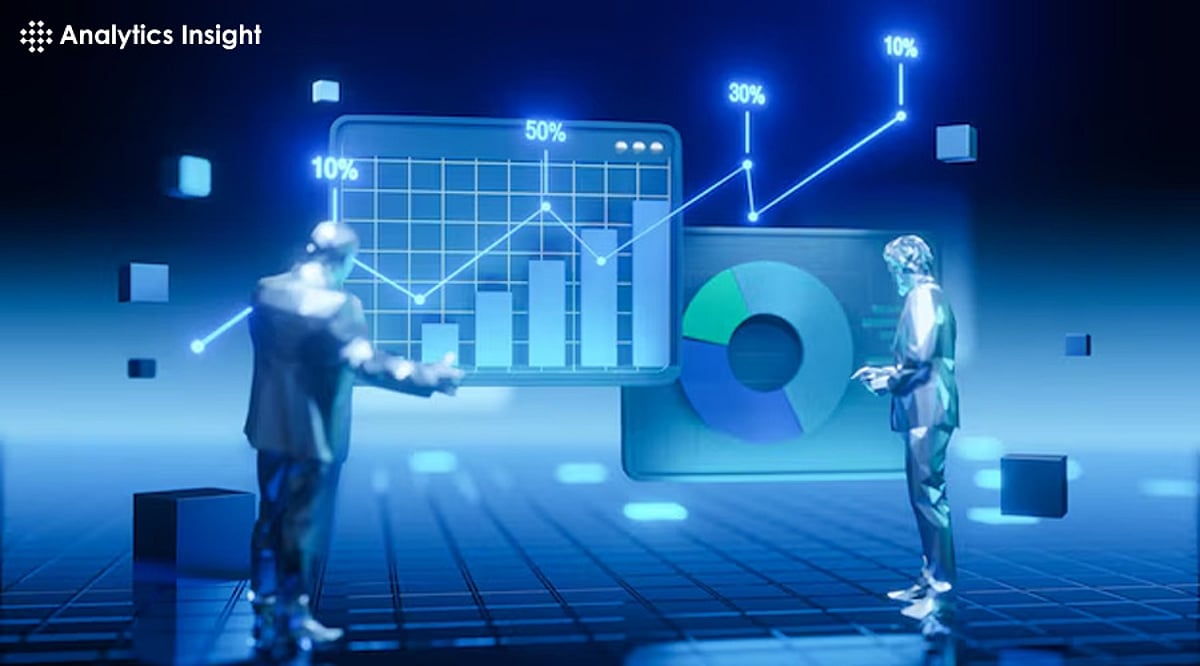Introduction
The data ecosystem has become increasingly complex with advancements in artificial intelligence (AI), big data analytics, and business intelligence. These technologies are transforming how organizations understand, analyze, and utilize their data to drive strategic decisions.
Understanding the Basics
To navigate this evolving landscape, it’s crucial to grasp the fundamental concepts of each technology:
- Artificial Intelligence (AI): AI refers to machines designed to mimic human intelligence, performing tasks like problem-solving, learning, and decision-making.
- Big Data Analytics: Involves processing large datasets to uncover hidden patterns and insights, driving data-driven decisions.
- Business Intelligence (BI): Provides tools for analyzing historical data to monitor performance, identify trends, and inform strategic choices.
Key Differences
Understanding the distinctions between these technologies is vital:
-
AI:
- Applications: Automation, prediction, personalization.
- Examples: Machine learning models used in chatbots or recommendation systems.
-
Big Data Analytics:
- Applications: Uncovering unknown patterns from complex data.
- Examples: Analyzing customer behavior trends to adjust marketing strategies.
-
BI:
- Applications: Reporting, monitoring KPIs, tracking metrics.
- Examples: Real-time dashboards for sales performance analysis.
Implementation Considerations
Each technology’s implementation is influenced by various factors:
-
AI:
- Data Requirements: High-quality, labeled data essential for effective model training.
- Resource Intensity: Requires significant computational resources and skilled personnel.
-
Big Data Analytics:
- Data Heterogeneity: Effectively processes diverse data types from multiple sources.
- Resource Utilization: Needs robust infrastructure to support data processing demands.
-
BI:
- Ease of Use: User-friendly platforms allow non-technical users to generate insights.
- Scalability: Designed for handling large datasets efficiently.
Business Applications
Each technology offers unique applications in various industries:
-
AI:
- Automation: Streamlines processes, reducing human error.
- Personalization: Tailors experiences based on individual data analysis.
-
Big Data Analytics:
- Innovation: Discovers novel patterns that drive product development and market strategies.
-
BI:
- Strategic Insights: Provides foundational data for informed decision-making, aligning operations with goals.
- Real-Time Analysis: Enhances responsiveness through up-to-date information.
Choosing the Right Technology
Selecting the appropriate technology depends on specific needs:
-
AI:
- Ideal for automation and prediction when computational resources are available.
-
Big Data Analytics:
- Suitable where complex data patterns require exploration, supported by robust infrastructure.
-
BI:
- Best for foundational reporting and monitoring with existing IT capabilities.
Convergence and Future Trends
The integration of these technologies is on the rise:
- AI is increasingly augmented by Big Data through enhanced learning models.
- BI platforms are integrating predictive analytics, enhancing their value in decision-making processes.
This convergence positions the data ecosystem to handle a comprehensive range of operational and strategic needs, offering organizations a holistic approach to leveraging data for success.
Conclusion
The data ecosystem, composed of AI, big data analytics, and business intelligence, provides powerful tools for understanding and utilizing data. Each technology complements the others, creating a robust framework that drives innovation and informed decision-making across industries.
By carefully selecting and integrating these technologies, organizations can unlock deeper insights, enhance operational efficiency, and achieve sustainable growth. Embracing this ecosystem enables businesses to navigate an increasingly dynamic landscape effectively, ensuring alignment between data utilization and strategic objectives for long-term success.




